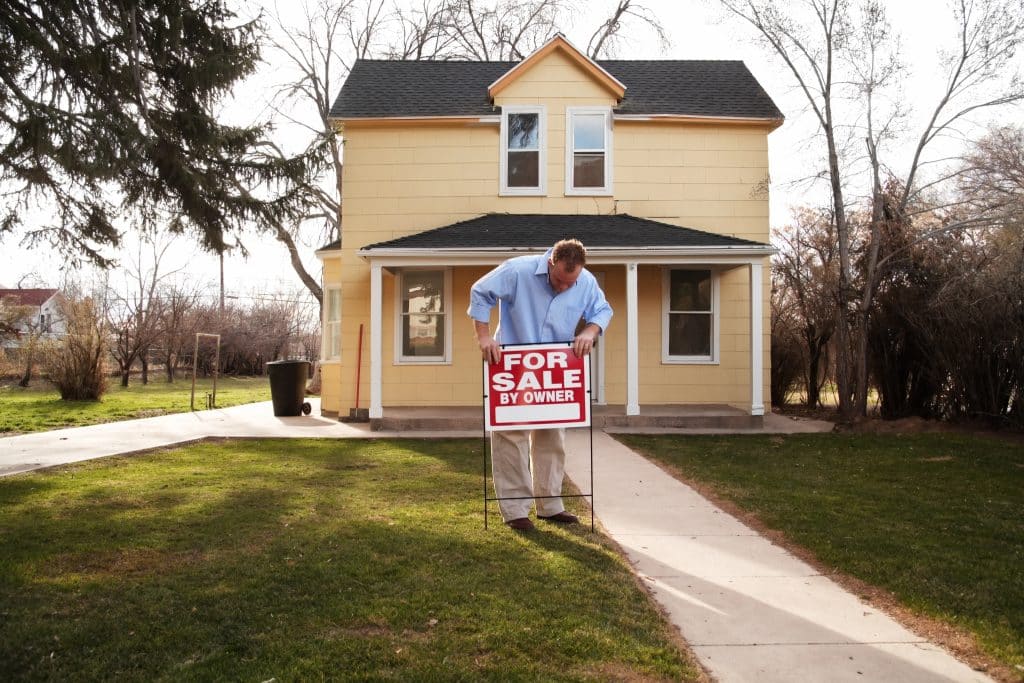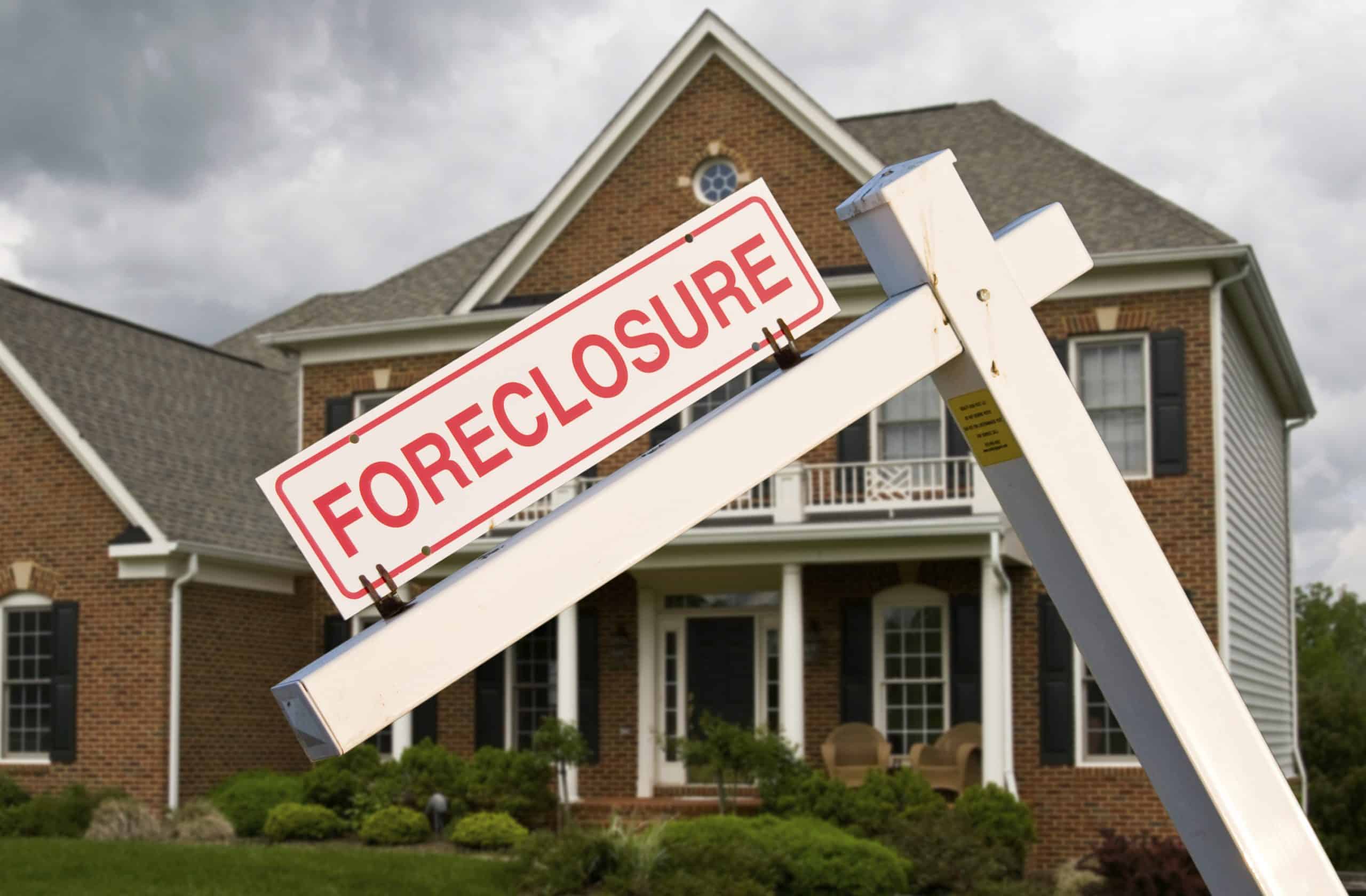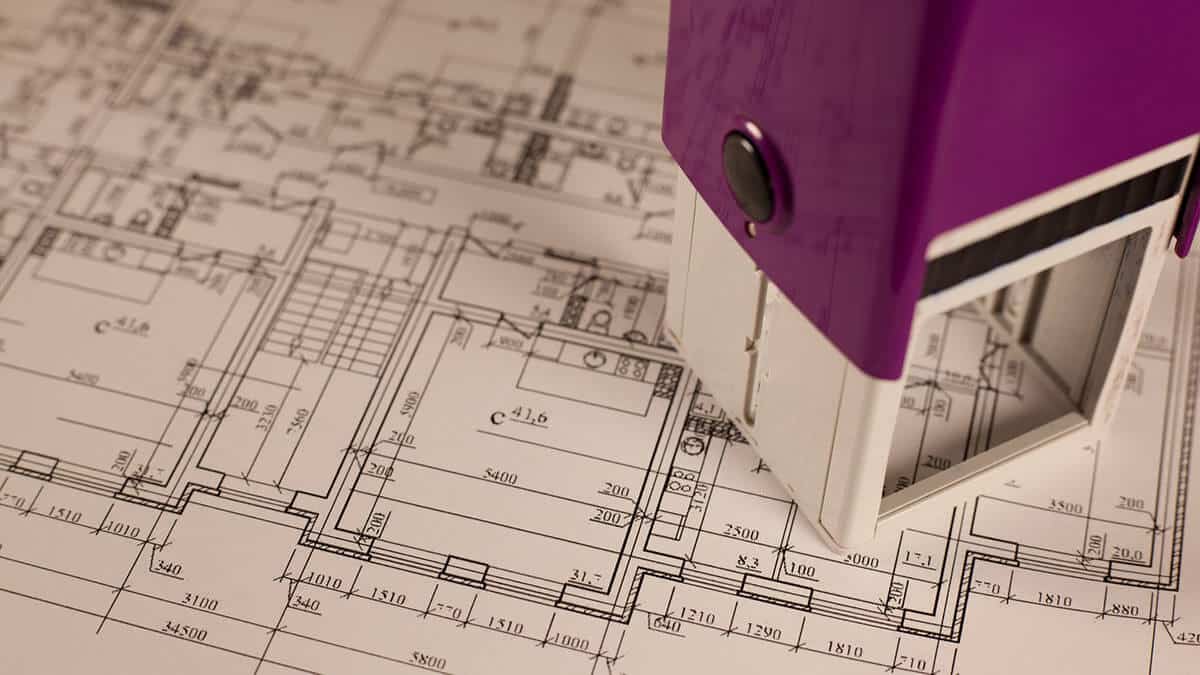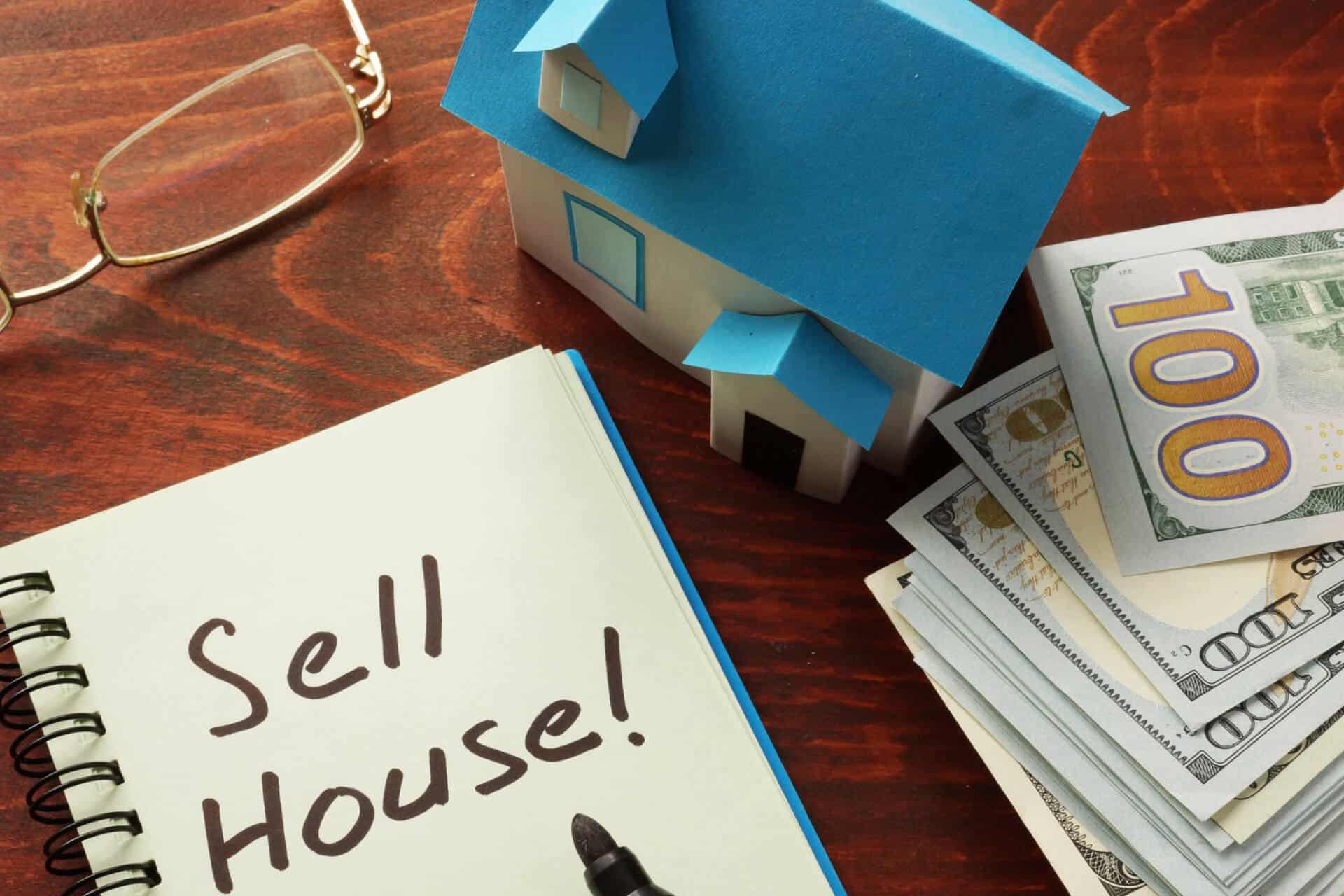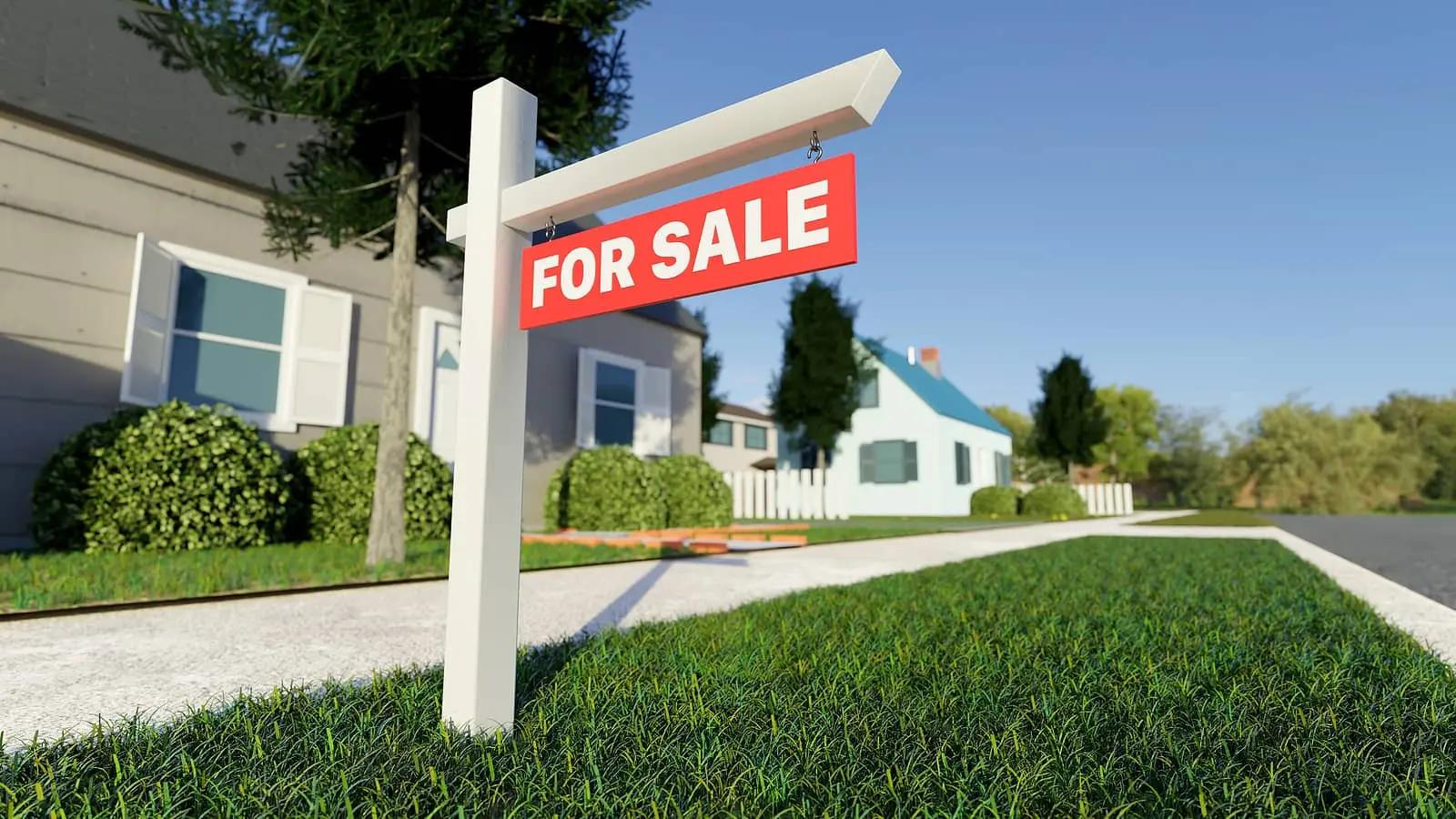
How to Increase Home Value: 6 Proven Techniques

Certain aspects of your home’s value remain outside your influence — you can’t relocate your entire house, for instance. However, despite constraints like budget and time, you’re not devoid of options. Consulting with home appraisers and real estate agents, we’ve gathered insights into swift upgrades and manageable maintenance chores that significantly impact value, whether to boost the selling potential or safeguard your home investment. We’ve prepared the best ways to increase home value.
-
Throw money into a Proper Lighting
-
Bring Up To Date Your Device Energy Efficiency
-
Embrace Energy Efficiency
-
Enhance Curb Appeal
-
Make the most of Unused Space
-
Do not Depreciate Your Home
-
Throw money into a Proper Lighting
Throw money into a Proper Lighting
Bringing additional light to your house plays a pivotal role before putting your house on the market and enhances the house’s appeal. Theo Richardson, the director of development at Rich Brilliant Willing, says, “Light is a powerful thing. The right light lifts the mood, inspires productivity and motivates us. At home, light enlivens the little things — our morning routines or the moments we spend with friends.”
Strategically illuminating dark corners and accentuating special features with sconces can give your space a distinct allure. Opting for wall-mounted sconces and motion lighting at the cabinet base can create a flattering ambience in bathrooms. Transforming overlooked corners with oversized floor lamps adds intentional design and brightens up neglected spaces. However, caution should be exercised with overhead lighting; opting for well-placed fixtures like pendants and chandeliers can prevent unwanted shadows. Lastly, embracing ambient lighting through dimmers and carefully chosen shades with appropriate bulbs can set the right mood, highlighting your home’s best features. Overall, paying attention to lighting details can significantly influence a potential buyer’s perception and ultimately increase the value of your property.
Bring Up To Date Your Device Energy Efficiency
What about embracing energy efficiency? This is another key point to take into consideration. “Homeowners who add modern, energy-efficient HVAC systems cost-saving heat pumps before selling their homes attract and convert more buyers than those who market their houses with no or old HVAC units.” Not only will this reduce your utility bills during your ownership, but it will also attract environmentally conscious buyers. Modern, energy-saving appliances can replace old, energy-guzzling ones, increasing home value and making it more appealing to potential buyers.. For instance, according to Nature, Residences with an air source heat pump enjoy a 4.3 – 7.1% (or US$10,400–17,000) price premium on average. Appraisers indeed estimate the presence and proper functioning of the HVAC system. If you decide to make changes to your current HVAC setup, such as adding new ductwork or fixing old pipes, appraisers will evaluate the structural strength of the walls and load-bearing beams.
Enhance Curb Appeal
“Do judge a book by its cover” First impressions do really matter, and this is especially true when it comes to selling your home. Simple and cost-effective landscaping enhancements, such as adding new plants and fresh mulch, can significantly enhance your home’s curb appeal. These changes are relatively inexpensive and can be accomplished on your own, leaving a lasting positive impression on both buyers and appraisers.
Real estate pro states that “ curb appeal is crucial”. Your lawn should look beautiful. Your shrubs should be nice and colorful and well-taken care of. … Your shutters and windows should look nice. When people pull up, they should go, ‘I could picture myself pulling up in the evening and this being my home.’”
So, when you’re giving your house a makeover, it’s essential to seek ways to make it distinct from the rest of the homes in the market. And what could be more enticing than having the most stunning entrance on the block? Buyers absolutely love those details.
Make the Most of Unused Space
Unfinished areas in your home represent untapped potential for increasing your property’s value. Finished square footage is a crucial factor in determining fair market value. Transforming an unfinished space into a functional, finished area through minor upgrades like adding drywall and carpet can significantly increase the value of your home.
In addition, revive worn-out areas in your home with a fresh coat of paint. Painting is a cost-effective way to enhance the visual appeal of both interiors and exteriors. Whether it’s the living room, bedrooms, or the front door, a fresh and vibrant coat of paint can make old surfaces look brand new, adding instant charm to your home.
Do not Depreciate Your Home
Before estimating your property value and putting it on the market, it’s rather crucial to take into account some factors. Pricing your house too conservatively might result in leaving a considerable amount of money unclaimed. A drastically reduced price could also deter potential buyers, making them question if there are any hidden issues with the property. Balancing the price appropriately is key to maximizing your home’s worth and not undervaluing it during the sale.
Before deciding on a lower price, it’s crucial to consider the following factors:
-
Market Trends and Home Prices:
Analyze the current trend of home prices in your market. If prices are declining, underpricing may not be advantageous. Underpricing works best when home prices are going through the roof or staying stable, prompting buyers to compete and potentially bid above the asking price.
-
Market Inventory and Demand:
Assess the inventory of comparable homes available in the market. If there’s an abundance of similar homes and lower demand, it’s a buyer’s market. In such circumstances, buyers are less likely to bid higher, even if your home is underpriced. They can easily find comparable homes at similar or lower prices.
-
Avoid Significant Underpricing:
Be cautious not to set the price too far below the market value. A substantial underpricing might give buyers the impression that your home requires extensive repairs, even if it’s not true. This perception can deter potential buyers and lead them to believe there are significant issues, especially if the home remains unsold at the reduced price for an extended period.

